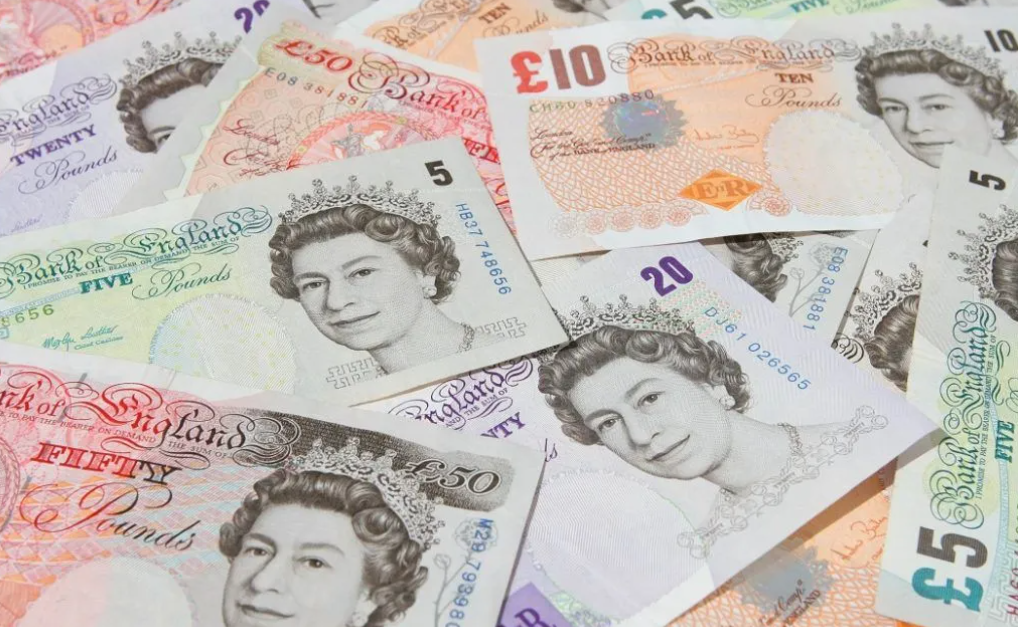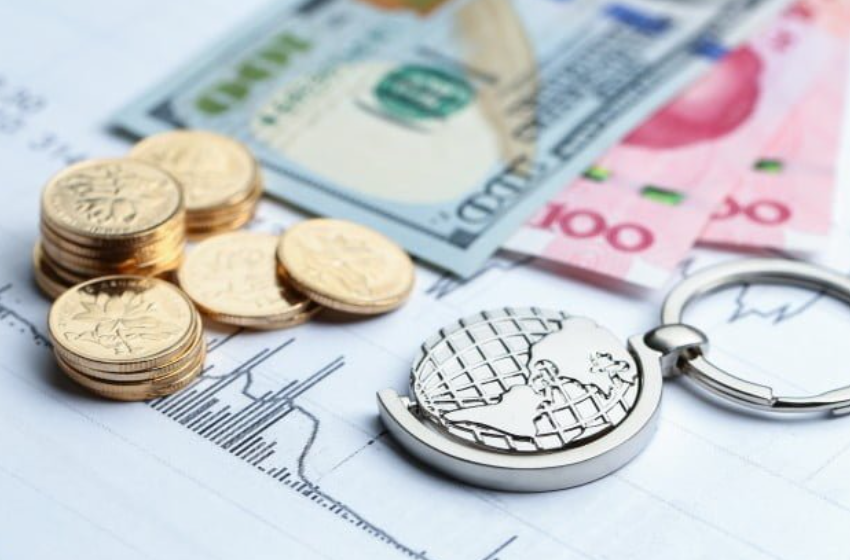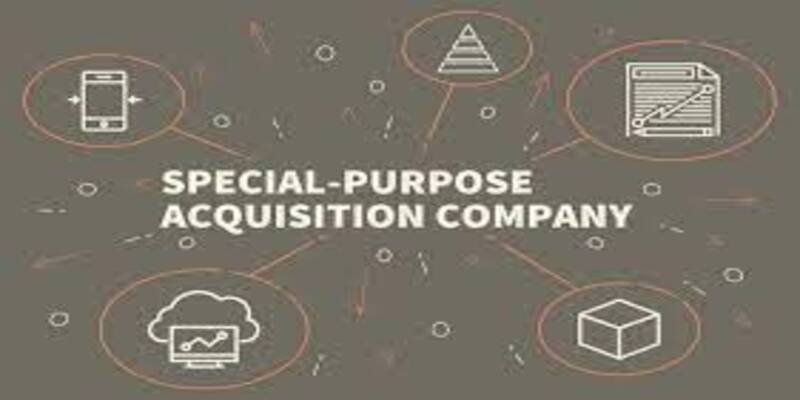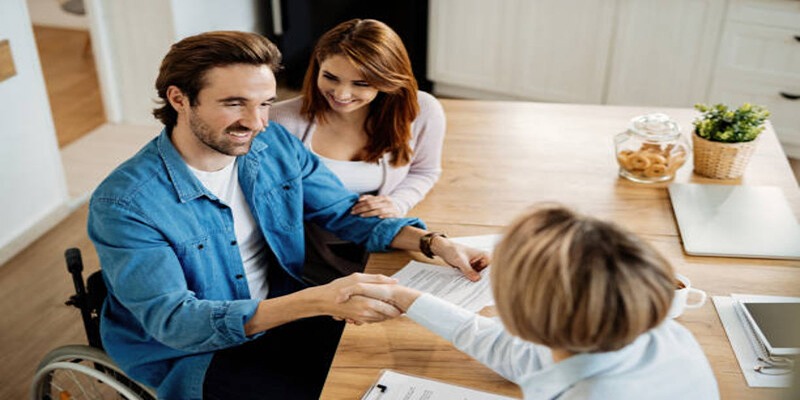A Beginner's Guide to the 6 Most Popular Currencies for Trading
Oct 11, 2023 By Susan Kelly
If you've ever wondered about the world of currency trading but felt overwhelmed by all the technical jargon and charts, you're not alone. Trading foreign currencies, better known as Forex trading, is a massive global market where you can buy and sell currencies to potentially profit from their fluctuations.
In this article, we will break down the complexities and focus on the essentials – the six most popular currencies for trading. Trading in the Forex market can greatly diversify your investment portfolio and take advantage of global economic developments.
The 6 Most Popular Currencies for Trading
Let's dive right in and explore the six most popular currencies that traders around the world love to trade:
United States Dollar (USD)
The US dollar, denoted as USD, is the world's primary reserve currency. It's the most widely used currency for international transactions, and many countries peg their currencies to the dollar. The USD is also a dominant force in the Forex market, often involved in pairs like EUR/USD, GBP/USD, and USD/JPY.
Key Features:
- Stability: The USD is considered a safe-haven currency, making it attractive during global economic uncertainty.
- Liquidity: High trading volumes ensure you can easily buy and sell USD anytime.
- Economic Impact: US economic data releases can significantly impact the Forex market.
Euro (EUR)
The Euro, represented as EUR, is the official currency of 19 out of the 27 European Union countries. It's the second most traded currency in the world and plays a vital role in the Forex market. Major currency pairs like EUR/USD are some of the most actively traded.
Key Features:
- Regional Influence: The Eurozone significantly impacts the global economy, making the Euro an essential currency for traders.
- Volatility: EUR pairs often experience volatility, creating trading opportunities.
- ECB: The European Central Bank's policies and announcements affect the Euro's value.
Japanese Yen (JPY)
The Japanese Yen, or JPY, is known for its low interest rates set by the Bank of Japan. Traders often use the Yen in carry trades, borrowing funds in a low-interest currency to invest in higher-yield assets elsewhere. The USD/JPY pair is among the most traded currency pairs globally.
Key Features:
- Carry Trades: The Yen's low interest rates make it popular for carry trades.
- Safe-Haven Status: The JPY is considered a safe haven currency like the USD.
- Economic Indicators: Japanese economic indicators can impact the Yen's value.
British Pound Sterling (GBP)
The British Pound, represented as GBP, is the official currency of the United Kingdom. It's also one of the oldest currencies still in use today. The GBP is known for its historical significance and is a key player in the Forex market, especially in pairs like GBP/USD.

Key Features:
- Historical Significance: The GBP has a rich history is associated with the British Empire's legacy.
- Brexit Impact: Events like Brexit have significantly impacted the GBP's value.
- Volatility: GBP pairs can experience sharp price movements.
Australian Dollar (AUD)
The Australian Dollar, denoted as AUD, is often considered a commodity currency. It's closely tied to the country's abundant natural resources and commodities exports. Traders often watch AUD pairs, such as AUD/USD, for insights into global commodity trends.
Key Features:
- Commodity Correlation: The AUD's value is linked to commodity prices, making it attractive for commodity traders.
- Economic Data: Australian economic data releases influence the AUD's performance.
- Trade Relations: Australia's trade relationships affect the currency's value.
Swiss Franc (CHF)
The Swiss Franc, represented as CHF, is known for its stability and neutrality. Switzerland's strong financial sector and political stability contribute to the Franc's reputation as a safe-haven currency. The USD/CHF pair is one of the main currency pairs involving the Swiss Franc.
Key Features:
- Safe-Haven Appeal: The CHF is often sought after during geopolitical and economic crises.
- Swiss Banking Sector: Switzerland's robust banking industry contributes to the Franc's strength.
- Swiss National Bank (SNB): SNB's policies can impact the Franc's value.
Why These Currencies Are Popular?
So, why are these six currencies so popular among traders? There are several reasons:
- Liquidity: These currencies have high trading volumes, ensuring you can easily enter or exit positions. Liquidity is essential for traders as it reduces the risk of price manipulation.
- Economic Significance: The countries associated with these currencies significantly impact the global economy. Economic data releases, policy changes, and geopolitical events in these regions can lead to currency fluctuations.
- Volatility: Traders often seek currency pairs with sufficient volatility to create trading opportunities. These currencies tend to exhibit enough price movement to be attractive to traders.
- Safe-Haven Status: The USD, JPY, and CHF are considered safe-haven currencies. During times of uncertainty or market turmoil, traders flock to these currencies, driving demand.
- Historical Significance: Currencies like the GBP have a rich history, making them interesting to traders considering historical trends when making trading decisions.
- Commodity Correlation: The AUD's connection to commodities makes it a valuable currency to watch for those involved in commodity trading.
Trading Strategies for Popular Currencies
Now that you know which currencies are popular, let's briefly discuss some trading strategies you can consider when trading these currencies:

- Trend Following: This strategy involves identifying and following prevailing trends. For instance, if the EUR/USD pair is in an uptrend, you might look to buy when you anticipate the trend will continue.
- Range Trading: Range-bound currencies like the GBP can be traded within specific price ranges. Traders aim to buy near support levels and sell near resistance levels.
- News Trading: Keep an eye on economic calendars and news releases. Events like central bank announcements or economic data releases can cause significant price movements.
- Carry Trades: For currencies like the JPY, consider borrowing in a low-interest currency to invest in a higher-yield currency, profiting from the interest rate differential.
- Hedging: Traders often use popular currencies to protect their portfolios from adverse currency movements.
Remember that no strategy is foolproof, and trading carries inherent risks. It's essential to have a solid trading plan, risk management strategy, and discipline when trading these popular currencies.
Conclusion
Currency trading can be an exciting and potentially lucrative venture, and understanding the six most popular currencies is a great place to start. Whether you're looking for stability, volatility, or historical significance, there's a currency pair that suits your trading style.
Before diving into Forex trading, take the time to learn more about each of these currencies, their unique features, and the factors that influence their value. Additionally, practice with a demo account to gain experience and confidence.

All You Need to Know About Unemployment

The 10 U.S. cities with the most population in 2022

How Excess of Loss Reinsurance Operates in the Insurance Industry?

What are SPACs? (Special Purpose Acquisition Company)

Doji Candlesticks: Unlocking Market Insights Through Indecision

Strategies for Early Retirement: A Closer Look at Age 62

Michigan State Taxes Explained: What Every Resident Should Know

A Comprehensive Overview of Setting Up a Special Needs Trust

How Are 401(k) Loans Taxed? A Comprehensive Overview

